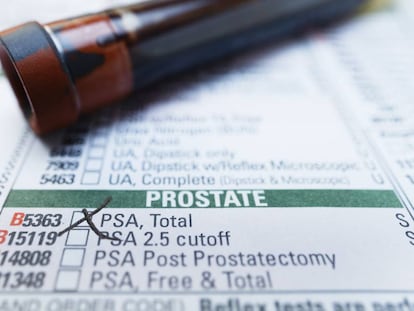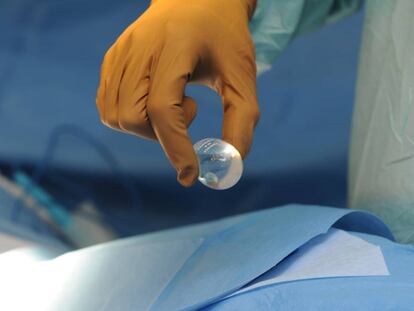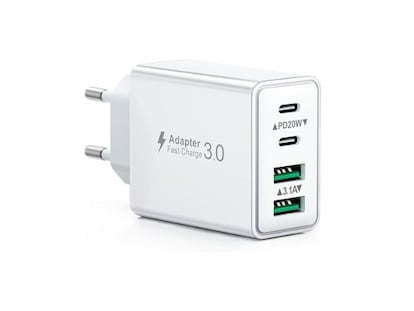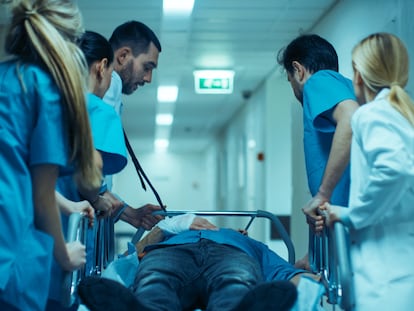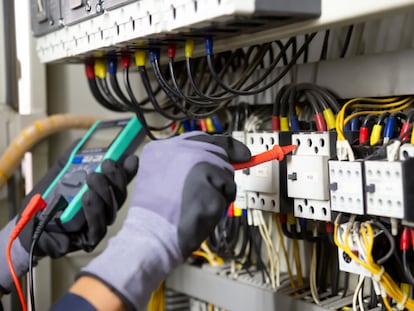10 testicular cancer symptoms not to be ignored
Being aware of the early signs is the best way to catch the disease and increase the likelihood of a full recovery

One of the best weapons against cancer is awareness. All men – especially young men – should know what are the symptoms of testicular cancer. While testicular cancer only accounts for 1.2% of all cancers in men, it is responsible for up to 13% of all cancer deaths in men between the ages of 15 and 35.
Testicles produce sperm and male sex hormones such as testosterone. Testosterone is what controls the development of the reproductive organs, and other male characteristics.
Men have a 95% chance of surviving testicular cancer
Testicular cancer is found primarily in younger men – 90% of cases are diagnosed in men under 45. A second but smaller peak of cases affects men over the age of 50.
Recognizing the signs and symptoms of this disease is key to early diagnosis. The earlier testicular cancer is caught and treated, the greater the chance of a full recovery.
The most common early sign of testicular cancer is a painless, small, pea-sized lump on the testes. But there are other signs that could indicate a problem. These include the following:
1. A lump in or on a testicle
2. Any enlargement or swelling of a testicle and/or scrotum
3. Shrinkage of a testicle
4. A feeling of heaviness in the scrotum or scrotal heaviness
5. A dull ache in the lower abdomen or in the groin area
6. A collection of fluid in the scrotum
7. Discomfort or pain in a testicle or in the scrotum
8. Enlargement or tenderness of the breasts
9. Lower back pain
10. Enlarged or swollen lymph nodes or masses due to disease spread
90% of testicular cancer is diagnosed in men under 45
Just as women need to check for changes in their breast tissue every month, men should examine their testicles once a month to see if there are any abnormalities. This will help familiarize a man with what feels normal and help him recognize if there is anything that feels different or not right. The ideal time to perform this exam is after a warm shower when the scrotal skin is most relaxed.
In most cases, the outcome for men with testicular cancer is very good – the survival rate is 95%. Testicular lumps are often discovered by men in a self-examination and sometimes by doctors during a routine physical exam. If a man notices anything unusual about his testicles, he should see a doctor as soon as possible to get it diagnosed and treated. This is the best way to catch the disease at the earliest stage possible and increase the likelihood of a full recovery.
Dr. Samadi is a board-certified urologic oncologist trained in open and traditional and laparoscopic surgery and is an expert in robotic prostate surgery at Lenox Hill Hospital. He is a medical correspondent for the Fox News Channel's Medical A-Team Learn more at roboticoncology.com. Visit Dr. Samadi's blog at SamadiMD.com. Follow Dr. Samadi on Twitter, Instagram, Pinterest and Facebook.
Tu suscripción se está usando en otro dispositivo
¿Quieres añadir otro usuario a tu suscripción?
Si continúas leyendo en este dispositivo, no se podrá leer en el otro.
FlechaTu suscripción se está usando en otro dispositivo y solo puedes acceder a EL PAÍS desde un dispositivo a la vez.
Si quieres compartir tu cuenta, cambia tu suscripción a la modalidad Premium, así podrás añadir otro usuario. Cada uno accederá con su propia cuenta de email, lo que os permitirá personalizar vuestra experiencia en EL PAÍS.
¿Tienes una suscripción de empresa? Accede aquí para contratar más cuentas.
En el caso de no saber quién está usando tu cuenta, te recomendamos cambiar tu contraseña aquí.
Si decides continuar compartiendo tu cuenta, este mensaje se mostrará en tu dispositivo y en el de la otra persona que está usando tu cuenta de forma indefinida, afectando a tu experiencia de lectura. Puedes consultar aquí los términos y condiciones de la suscripción digital.
Más información
Archivado En
Últimas noticias
Lo más visto
- Uno de los promotores de la señal V-16 de tráfico: “Es duro oír el testimonio de víctimas que han sufrido amputaciones al poner los triángulos”
- Más de 40 congresistas demócratas piden por carta a Trump que cese en sus “intentos de socavar la democracia en Brasil”
- Cae una organización que enviaba camiones cargados de cocaína desde Marbella hasta varios países europeos
- La policía registra varios domicilios y las oficinas de la ministra francesa Rachida Dati por otro presunto caso de corrupción
- Jornada política del 20 de diciembre de 2025 | El PP suaviza su discurso sobre “pucherazo” en Extremadura y felicita a la Guardia Civil
